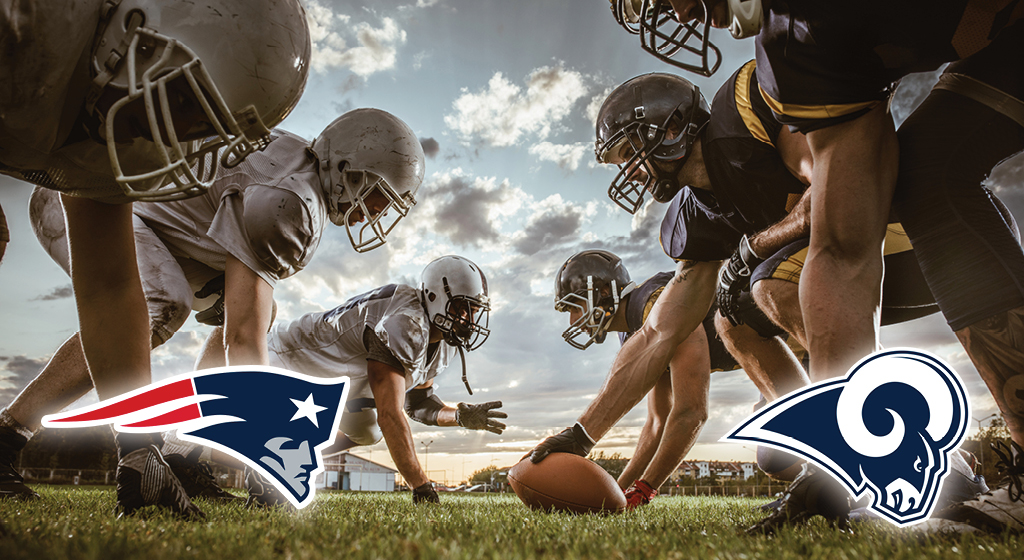The guests have arrived, the glasses have been filled and you’ve made whatever family or Pinterest-inspired dip recipe that you make every year…now you’re all set. On Sunday night, as the telecast for the 53rd Annual Super Bowl begins, you and over 110 million people from around the world will tune in to watch…the commercials. Okay…so maybe not JUST the commercials; however, there is a growing contingent of Super Bowl viewers made of professional and amateur media critics that tune in to see their favorite celebrity hock sportswear or to hear companies deliver messages of activism. Super Bowl commercials have become enormous business and omnipresent cultural touchstones. Companies see the primo time slot as an opportunity to deliver their best, most creative and most resonant messaging.
Why Have Super Bowl Ads Become So Important?
If you were to ask your grandfather- it’s all about the “down-set-hike”; and that’s actually true. After all, companies don’t often raid their deepest recesses of their advertising war chests for an episode of “Mom” or “Worst Cooks in America”; however, as the saying goes, nothing attracts a crowd, like a crowd.
Super Bowl commercials have taken on a life of their own because they represent an opportunity to reach the highest number of people per year in thirty seconds…and companies are throwing big bucks into the Bowl to make that happen. Data from NBC sports indicates that networks can charge more than $5 million for a 30-second spot for the Big Game. For comparison, the average price of a 30-second ad during Game 7 of the 2016 World Series was just over $500,000. The price for a similar spot during the 2016 Oscars cost about $2 million.
The Anatomy of An Effective Super Bowl Ad
If you’re spending $5 million on a 30-second commercial, you’d better be rolling out some serious messaging/branding and endorsements to secure something even close to an effective ROI. Some of the primary factors that go into the creation of a quality Super Bowl ad are cultural awareness, humor and an acute understanding of your audience’s personality. When you consider all these factors and the money on the line, 30 or 60 seconds can be an eternity. However, when effectively harnessed and assembled, these elements can lead to a commercial that people are talking about at parties and dinner-tables long after the fourth quarter. Gillette, for example, has created enormous buzz with their “Toxic Masculinity” ad, created in the time of the #Metoo Movement.
Some celebrity firepower doesn’t hurt either. Jeff Bridges, for example, set social media ablaze at even the slightest hint of reprising his role as “The Dude” during a 30-second spot for Stella Artois, in which he’s slated to appear with Sex in the City’s Sarah Jessica Parker. Behind these pop-culture big guns is a loose message; however, the value is largely in the window-dressing.
The Future of Super Bowl Ads
The Budweiser Clydesdales keep clopping forward, don’t they? And the future of Super Bowl Commercials is the continued reflection of mainstream consumer interests and cultural values. They’re a direct window into what we’re doing, what we’re watching, what we’re eating and drinking and what we value. As politics continue to become more divided and companies continue to push the envelope to gain more notoriety and subsequent market share, there will always be those standout ads that people will talk about for years to come; let’s see what those are this year. And…oh yeah…don’t forget to watch the game.



Recent Comments